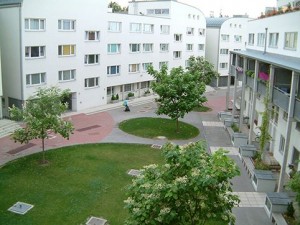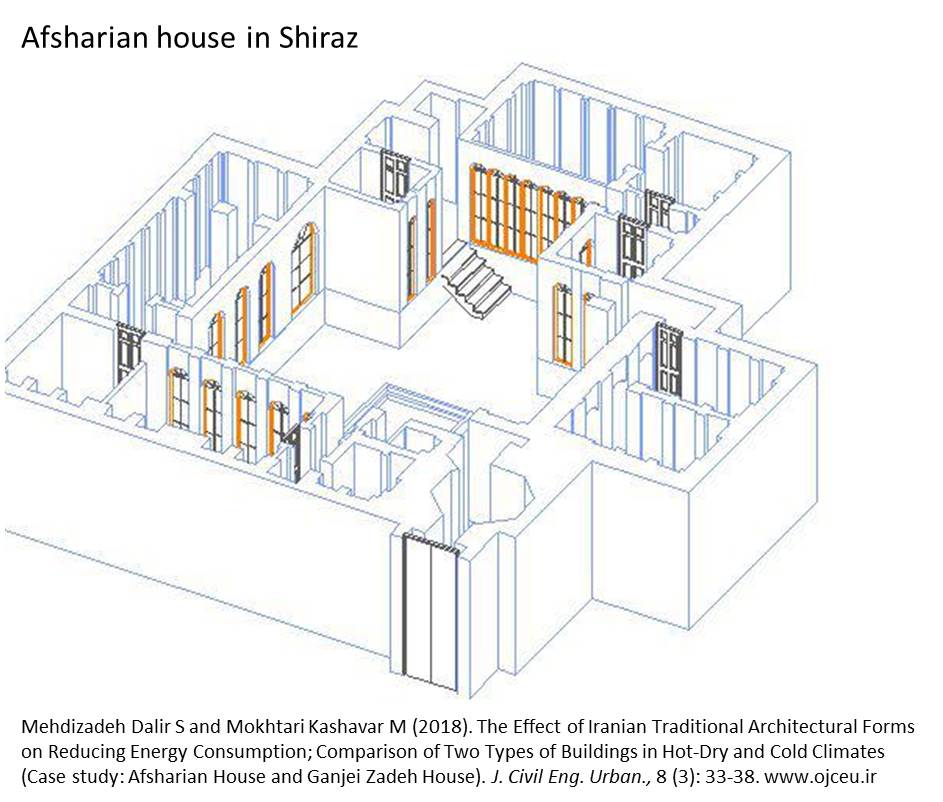Previous issue | Next issue | Archive
Volume 8 (3); 25 May, 2018
Women, Urban Designing and Planning with Emphasis on Iran.
Sarvar H, Afzali Guroh Z and Kheiri T.
J. Civil Eng. Urban., 8(3): 25-32, 2018; pii:S225204301800005-8
Abstract
It is necessary to clarify the status of women at the cities. Because women as a half of the city population are one of the most effective group of city. Therefore in their view, a desired place happiness in the environment of the city. Environment designing and planning can be considered as a kind of goal- oriented approach for the promotion of women status at city environment. The purpose of the current study is to strong and weak point opportunity and threats in the feminine city planning and designing. The current research method is a combination of library and field method. In the library method, some of information about the status of women in the environment of city have been collected and by the use of surveying method and field studies have been done to clarify the existent points for development and improvement of planning. Then by the use of SWOT (strengths, weaknesses, opportunities, threats) modeling, it has addressed analyzing data. In order to define the weight of factors of SWOT, based on interview and filling out question nares some groups of women helped to do it, and in the following appropriate strategies were defined in four groups of SO, ST, WO, WT finally in order to choose of the best approach, the four point matrix (IE) was used. The results of the study showed that the diversity strategy (ST) is the most appropriate approach for development and promotion of city designing and planning that are good for women in the society.
Keywords: Planning, City Designing, Women, SWOT
[Full text-PDF] [HTML] [XML] [MOBI] [ePUB] [AZW3]
The Effect of Iranian Traditional Architectural Forms on Reducing Energy Consumption; Comparison of Two Types of Buildings in Hot-Dry and Cold Climates (Case study: Afsharian House and Ganjei Zadeh House).
Mehdizadeh Dalir S and Mokhtari Kashavar M.
J. Civil Eng. Urban., 8(3): 33-38, 2018; pii:S225204301800006-8
Abstract
In different parts of Iran, the traditional form of buildings are significantly subordinate to the climate of the region in which they are located. How much traditional Iranian housing forms have been effective in thermal behavior is an issue that is discussed in this paper. The research method in this paper is analytic-deductive analysis, which is done by modeling and analysis of the case study of two climates and comparing them in different situations with appropriate soft wears. The results of energy simulations and their comparison with each other indicate that the form and geometry chosen by the Iranian architect for each climate show a very good behavior to meet the climatic conditions. And if these two forms of housing are displaced together, this efficiency decreases. As a result, the housing form of each climate is an optimal response to the same climate. Traditional architects have been aware of the impact of geometry and forms on the thermal performance of buildings, and they have been able to respond appropriately to environmental conditions by using different geometric proportions and forms.
Keywords: Iran's Traditional Housing, Thermal-Climate Behavior, Energy Efficient, Energy Consumption
[Full text-PDF] [HTML] [XML] [MOBI] [ePUB] [AZW3]
Previous issue | Next issue | Archive


